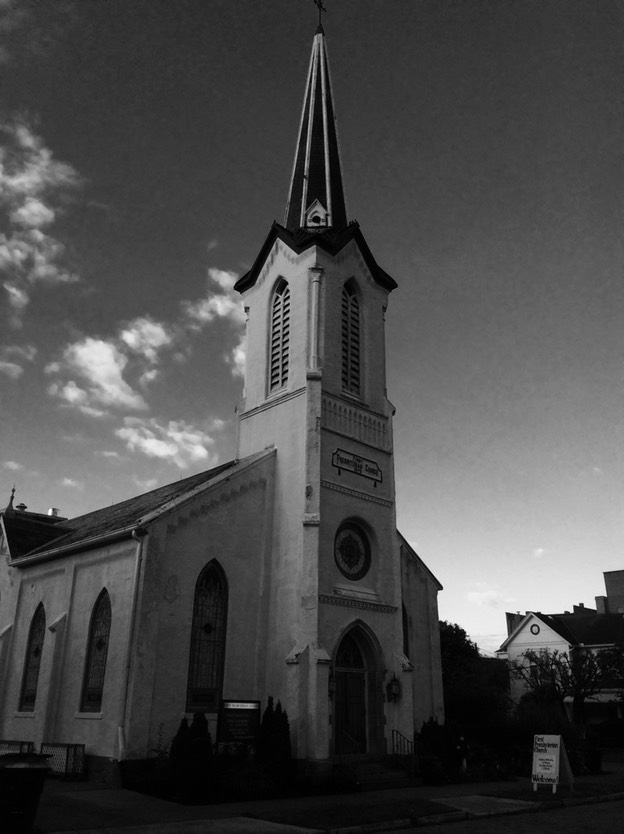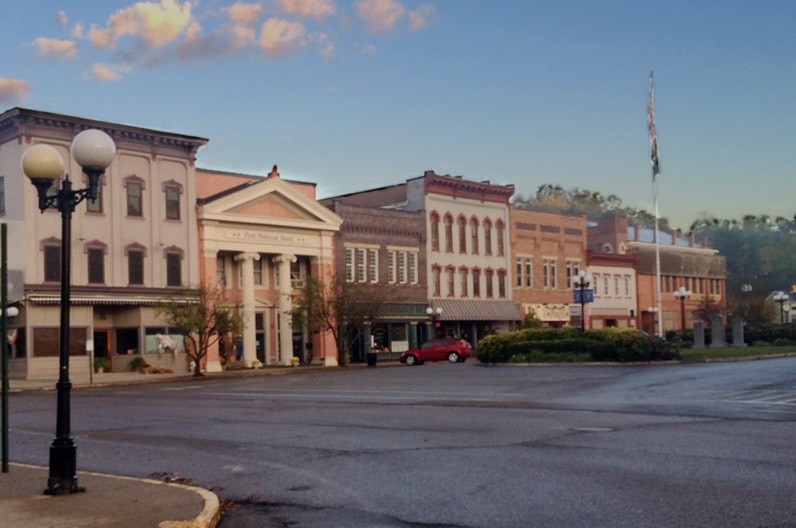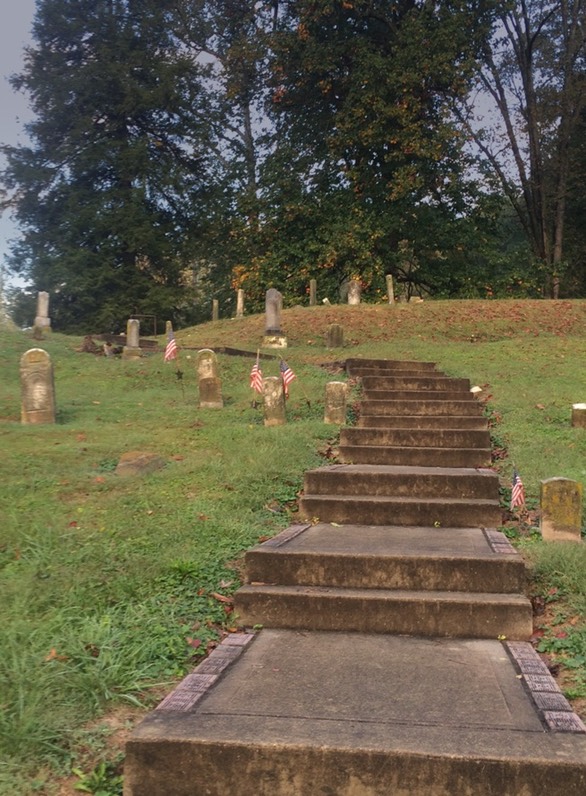As Lewis and Clark reported on their two-year mission to explore the farthest reaches of the Louisiana Purchase and beyond, they gave President Thomas Jefferson some inkling of the grand adventure that was in store for America. Like most thinkers of his generation, Jefferson believed that settling the vast spaces which lay between the Mississippi River and the Pacific Ocean would task the energies of his countrymen for the next thousand years. It only seemed logical. At that moment, barely a third of the population of the United States lived more than fifty miles from the sea. As Americans began their diffusion into the western interior, they seemed to move timidly at first, hugging the shores of the Great Lakes as if reluctant to stray far from the vicinity of a large body of water. Nehemiah Lovewell’s son Zaccheus drifted from his native Vermont to settle at Gainesville, New York, fifty miles south of Lake Huron and forty miles east of Lake Erie. Zaccheus's son Lyman Lovewell ended his wanderings in New Hudson, Michigan, only as far as the western end of Lake Erie.
The first evidence that Zaccheus’s son Moody Bedel Lovewell had ventured into landlocked Ohio may be the record of his marriage to Betsey Watkins in Athens County in 1817. An idea of the route that could have brought him there is found in the history of one of Moody’s neighbors, Capt. Thomas S. Lovell (A bona fide descendant of Robert Lovell), a ship’s captain from Barnstable, Massachusetts, who in 1814 suddenly decided to head to Ohio where he took up farming.

My brother Russell and myself were partners in business, and, as times were so very dull, we decided to emigrate to the west. So we sold our property, rigged what was called a Yankee wagon, and a small wagon and team of five horses, and started for Ohio. We traveled by land to Redstone, Fayette county, Pennsylvania, where we separated. My brother took the teams down by land, while I, with a flat-bottomed boat, a queer kind of craft without mast, jib, or sail, took the families and most of the effects by water to Marietta. From there we came on to Athens county, and settled on Sharp’s fork of Federal creek, in what was then Ames township.
According to Thomas Lovell, the journey took ten weeks by wagon and flatboat, and when the brothers arrived in Athens County they often depended on help from their neighbors, since neither Thomas nor Russell “knew any more about farming than a land-lubber does about working a ship…” Lovell admitted that his real reason for coming to Ohio was that he had heard about shipbuilding going on at Marietta, and hoped to be the one to take the ships out. Only one was built after his arrival, but he “took that to New Orleans, where I fitted her sea, then sailed across the gulf to Havana, and from there to Baltimore. There I bought a horse and rode home, and made a good trip.” From then on, it was the life of an Ohio farmer for Capt. Lovell.

When Moody Lovewell and his wife Betsey were starting their family near Nelsonville in 1820, the population of the whole township was a meager 341. A bounty of two dollars each had only recently been discontinued on the scalps of wolves and panthers that had been the scourge of sheep farms. The name M. B. Lovewell appears in an 1827 list of subscribers contributing to a bridge across the river that was first known as the Grand Hockhocking, later shortened to just the Hocking. The community thrived right along with Moody and Betsey’s flock, who all on their own increased the size of the township by a dozen.

When the Lovewell clan forsook Nelsonville for western Illinois in the late 1840’s, the younger generation must have carried away fond memories of the little town where they all grew up. As I first looked at the photograph of the village of Lovewell in the early 1900’s provided by “A.J.” several weeks back, I commented on how much it resembled a sleepy little New England village. Then I realized that Thomas Lovewell had never actually seen one in person. Lovewell, Kansas, was, however, a perfectly-scaled miniature replica of Nelsonville, Ohio, a quaint town staked out between crouching hills and a wooded ribbon of water. Is that what Thomas Lovewell pictured in his mind as he kept being drawn back to that tree-lined hollow south of White Rock Creek?
Phil Thornton called last week to let me know that he was attending a convention sixteen miles from Nelsonville and thought he would pop over. The trip seems to have been worth the time, and he kindly shared a few views of the place, with its historic steepled churches and beautifully-preserved Victorian square. One photo in particular made me think of an old New England town, the picture showing great stone steps leading up to a hillside cemetery where gravestones teeter at precarious angles - the perfect setting for an episode of “Sleepy Hollow,” or the inspiration for a nifty Hallowe’en decoration.
I believe the citizens of Lovewell were wise to do most of their burying a few miles east of town at White Rock Cemetery.
Thomas S. Lovell’s story is from Charles Manning Walker’s 1869 “History of Athens County, Ohio” Photos by Phil Thornton